We would like to monitor how you interact with this website so we may continue to improve it.
Discover the town’s early Christian heritage and its important contribution to Christian faith in the North-East region.
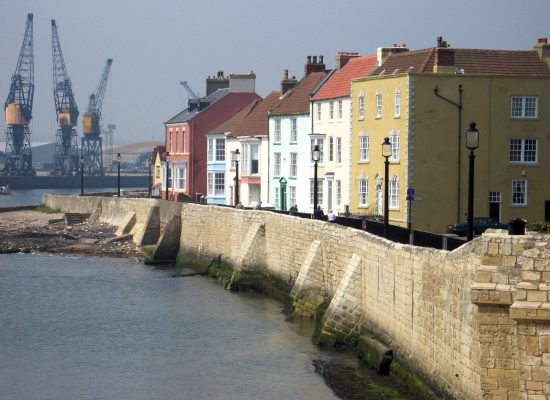
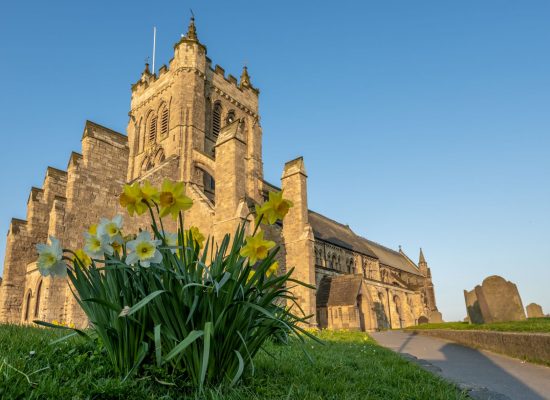
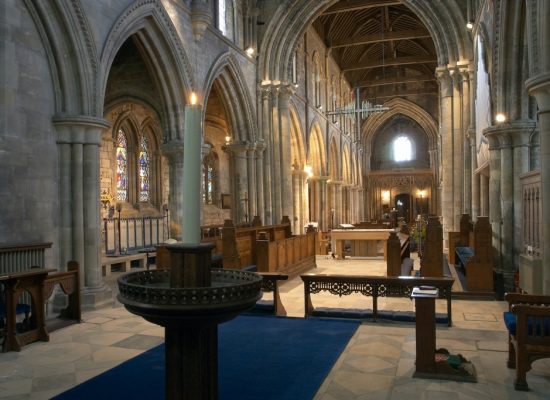
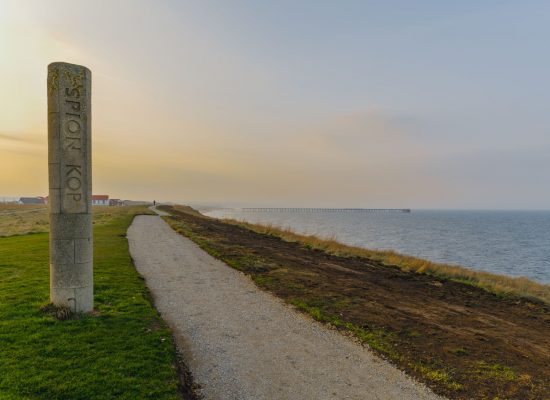
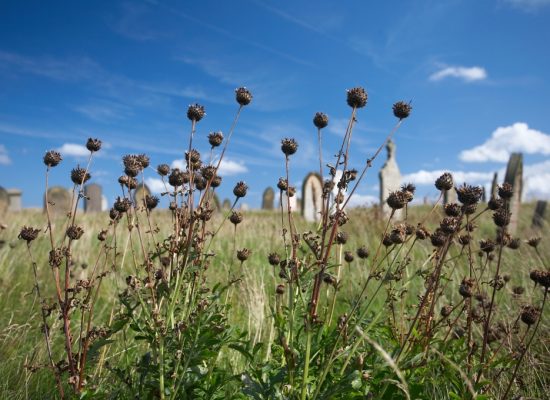
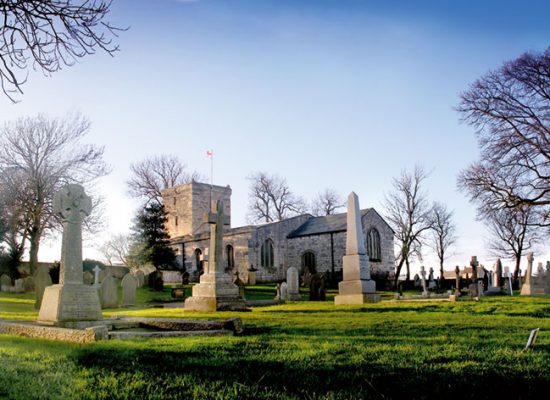
The Headland, the so-called ancient borough of Hartlepool, is one of the oldest centres of Christianity in England. As well as being visually stunning and impressive, St Hilda’s Church is recognised as a place of great importance in the development of the Christian faith in the region and in the north east in general. It’s well worth a visit to explore its stunning surroundings! You can even journey inside to its visitor centre where you can learn all about the church’s fascinating history. If you’re a keen historian, be sure to explore the Headland area in full – there’s such a varied and interesting heritage to uncover!
The significance of the church is recognised through a unique pilgrimage trail, named The Way of St Hild, set up to celebrate the important Saxon saint Hilda. Hild – in Latin, Hilda – was the Abbess of both Hartlepool and Whitby in Saxon times and this interactive 47-mile walk follows her journey between the two areas. The route begins at Hartlepool Headland, passing all the way along Hartlepool’s coastline and out of town via Seaton Carew. The route then continues south-ward down the coast, and concluding at Whitby Abbey.
Also located on the Headland is Spion Kop Cemetery. This historic cemetery dates back to 1856, and was established to take over burials from the ancient graveyard at St. Hilda’s. Today it exists as an important coastal grassland site with a stunning and eclectic display of wildflowers. It’s a great site to enjoy the gorgeous views of the coastline!
On the outskirts of town, Hart Village is another fascinating area of Hartlepool. It too features a stunning Saxon church that can be rooted back as far as 675AD. St Mary Magdalene Church has a rather rich history and was actually part of the estates of the de Brus family throughout the Norman times. This stunning spiritual home, set in the beautiful rural location of Hart is a definite must-see.